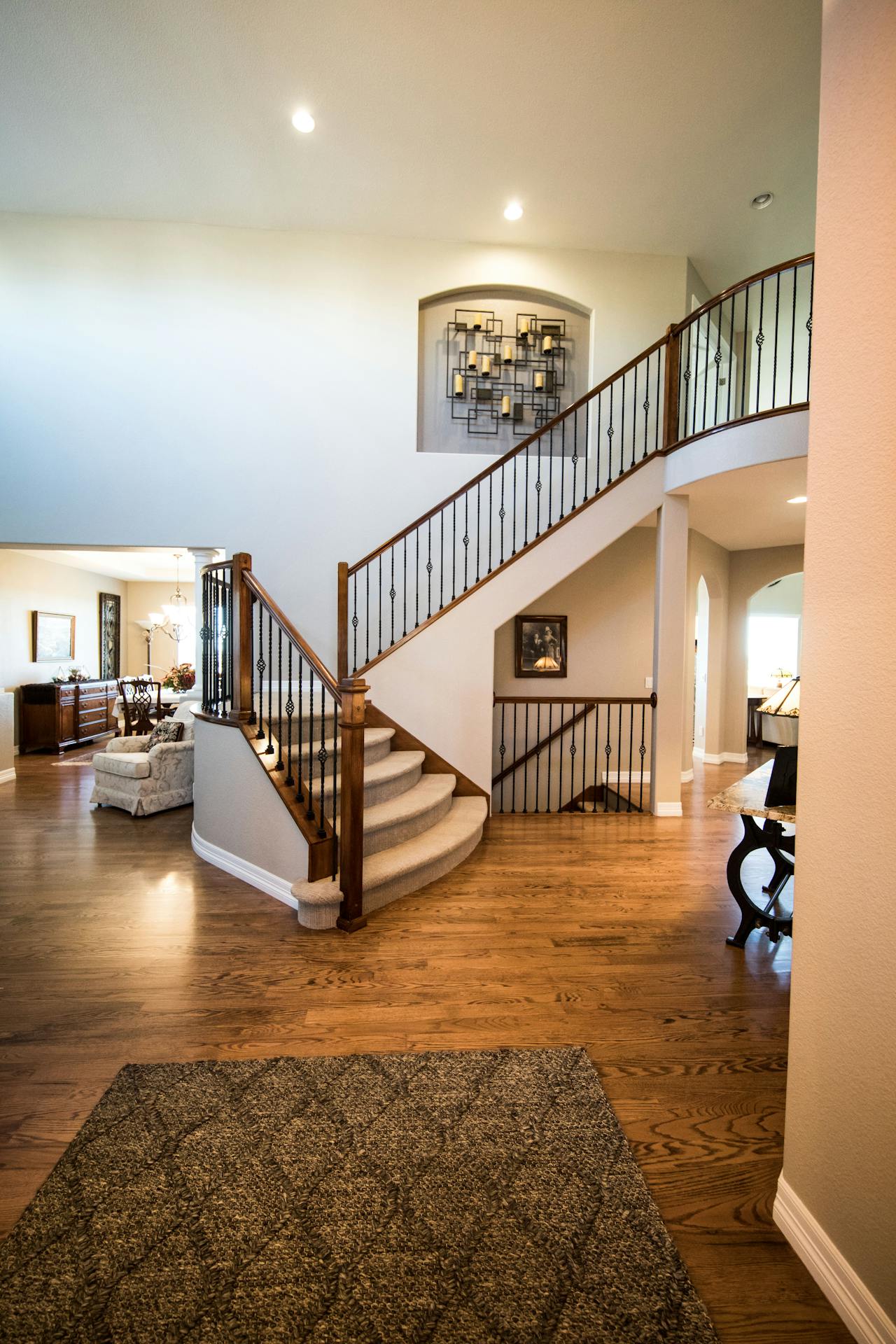How Far Apart Should Spindles Be on a Staircase?
When it comes to designing or renovating a staircase, the placement and spacing of spindles play a crucial role in both safety and aesthetics. In the UK, building regulations provide clear guidelines to ensure that staircases are safe, functional, and visually appealing. Understanding these regulations and the importance of spindle spacing is essential for homeowners, builders, and designers alike.
Understanding Spindle Functionality and Aesthetics
Spindles, or balusters, are the vertical supports that connect the handrail to the base of a staircase. Beyond their functional role in preventing falls, spindles contribute significantly to the staircase’s overall design and aesthetic appeal. The right spacing between spindles can transform a staircase into a striking architectural feature, while also complying with safety standards.
UK Building Regulations for Spindle Spacing
In the UK, building regulations are quite specific about spindle spacing to ensure safety, particularly for children. The main rule to remember is that the gap between spindles should not allow a 100mm sphere to pass through. This rule is designed to prevent small children from fitting their heads or bodies through the gaps, reducing the risk of accidents and injuries.
Calculating the Ideal Spindle Spacing
To comply with UK building regulations while achieving the desired look, calculating the exact spacing between spindles is crucial. Start by measuring the length of the handrail or the section where the spindles will be installed. Knowing the total number of spindles, including the first and last spindles against the newel posts, allows for precise spacing. Divide the total length by the number of gaps (which is one more than the number of spindles) to find the centre-to-centre spacing between spindles.
Factors Influencing Spindle Spacing
Several factors can influence the optimal spacing between spindiles on a staircase. The width and style of the spindles themselves play a significant role; thicker spindles may require slightly wider spacing to maintain an open feel, whereas slender spindles can be placed closer together. The staircase’s angle also affects spacing; steeper stairs may need adjustments to ensure spindles provide adequate safety.
Achieving Aesthetic Balance with Safety
Balancing the aesthetic appeal of your staircase with safety and regulatory compliance is the key to successful spindle spacing. While the primary goal is to prevent accidents, there’s also a considerable element of design involved. The spacing, style, and material of your spindles should complement the overall design theme of your home. Whether you prefer a traditional, ornate look or a more modern, minimalist approach, achieving harmony between form and function is possible with careful planning and attention to detail.
In conclusion, the spacing of spindles on a staircase is not only a matter of complying with UK building regulations but also an opportunity to enhance your home’s safety and aesthetic appeal. By understanding the rules and considering the factors that influence spindle spacing, homeowners and builders can create staircases that are both beautiful and safe.
Why not check out our online staircase builder?





